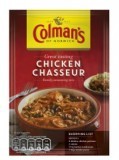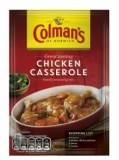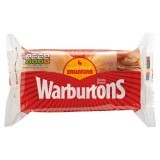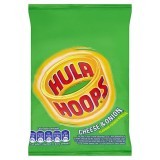Hippophae - Sea-Buckthorn 450g Fresh Frozen
Description
Целебные свойства облепихи определяются высоким содержанием в ее плодах целого «букета» витаминов, микроэлементов и органических кислот, чрезвычайно важных для профилактики и лечения многих заболеваний. В плодах облепихи содержится около 3,5% сахара и много органических кислот; очень много витаминов – C , B1, B2, фолиевая кислота, каротин, а также много флавоноидов (особенно рутина), железо, бор, марганец. Имеются дубильные вещества, жирные кислоты (олеиновая, линолевая) и фитонциды, азотосодержащие соединения. Плоды употребляют в свежем виде и готовят из них богатые витаминами соки, сиропы и многое другое. Ягоды облепихи хорошо сохраняются в замороженном виде.
Nutrients and potential health effects
Sea-buckthorn berries are edible and nutritious, though astringent and oily, unpleasant to eat raw, unless 'bletted' (frosted to reduce the astringency) and/or mixed as a drink with sweeter substances such as apple or grape juice.
When the berries are pressed, the resulting sea-buckthorn juice separates into three layers: on top is a thick, orange cream; in the middle, a layer containing sea-buckthorn's characteristic high content of saturated and polyunsaturated fats; and the bottom layer is sediment and juice. Containing fat sources applicable for cosmetic purposes, the upper two layers can be processed for skin creams and liniments, whereas the bottom layer can be used for edible products like syrup.
Nutrient and phytochemical constituents of sea-buckthorn berries are under basic research in inflammatory disorders, cancer mechanisms or positive effect on bone marrow after chemotherapy,or other diseases, although no specific health benefits have yet been proven by clinical research in humans.
The fruit of the plant has a high vitamin C content – in a range of 114 to 1550 mg per 100 grams with an average content (695 mg per 100 grams) about 15 times greater than oranges (45 mg per 100 grams) – placing sea-buckthorn fruit among the most enriched plant sources of vitamin C. The fruit also contains dense contents of carotenoids, vitamin E, amino acids, dietary minerals, β-sitosterol and polyphenols. Flavonols were found to be the predominating polyphenols while phenolic acids and flavan-3-ols (catechins) represent minor components. Of the seven flavonols identified, isorhamnetin 3-O-glycosides were highest quantitatively.
Consumer products
Sea-buckthorn fruit can be used to make pies, jams, lotions, fruit wines and liquors. The juice or pulp has other potential applications in foods or beverages. In Mongolia, it is made into a juice drink, with concentrates also available. In Finland it is used as a nutritional ingredient in baby food.
Fruit drinks were among the earliest sea-buckthorn products developed in China. Seabuckthorn-based juice is popular in Germany and Scandinavian countries. It provides a nutritious beverage, rich in vitamin C and carotenes.
For its troops confronting extremely low temperatures (see Siachen), India's Defence Research Development Organization established a factory in Leh to manufacture a multi-vitamin herbal beverage based on sea-buckthorn juice.
The seed and pulp oils have nutritional properties that vary under different processing methods. Sea-buckthorn oils are used as a source for ingredients in several commercially availablecosmetic products and nutritional supplements.
Traditional medicine
Different parts of sea-buckthorn have been used as traditional therapies for diseases.
Bark and leaves have been used for treating diarrhea and dermatological disorders. Berry oil, taken either orally or applied topically, is believed to be a skin softener.
In Indian, Chinese and Tibetan medicines, sea-buckthorn fruit may be added to medications in belief it affects pulmonary, gastrointestinal, cardiac, blood or metabolic disorders. Basic researchusing leaf extracts as a model of tea consumption showed potential anti-obesity properties in mice.










